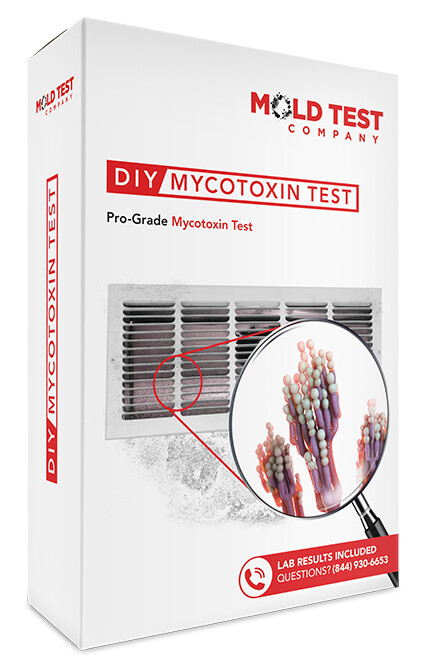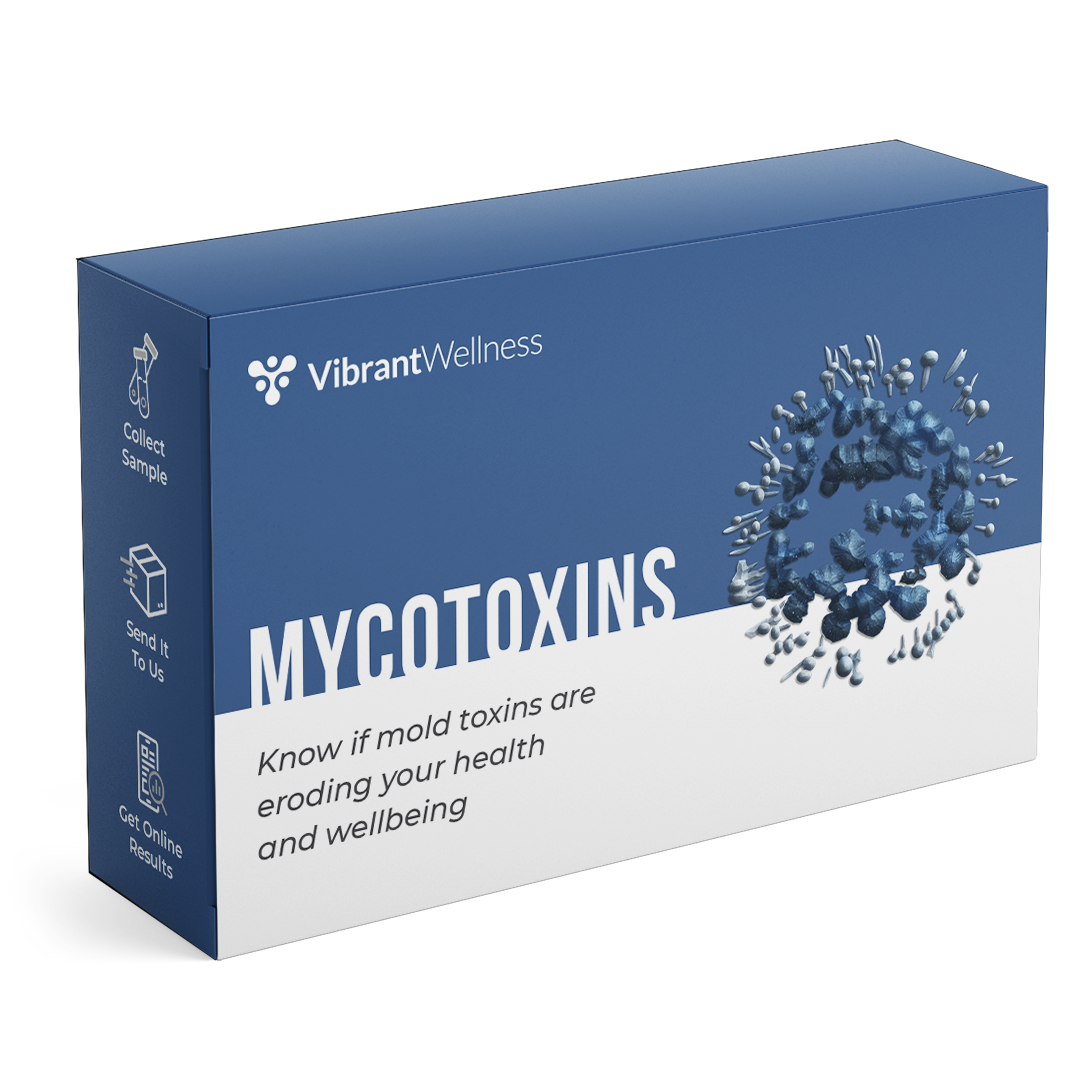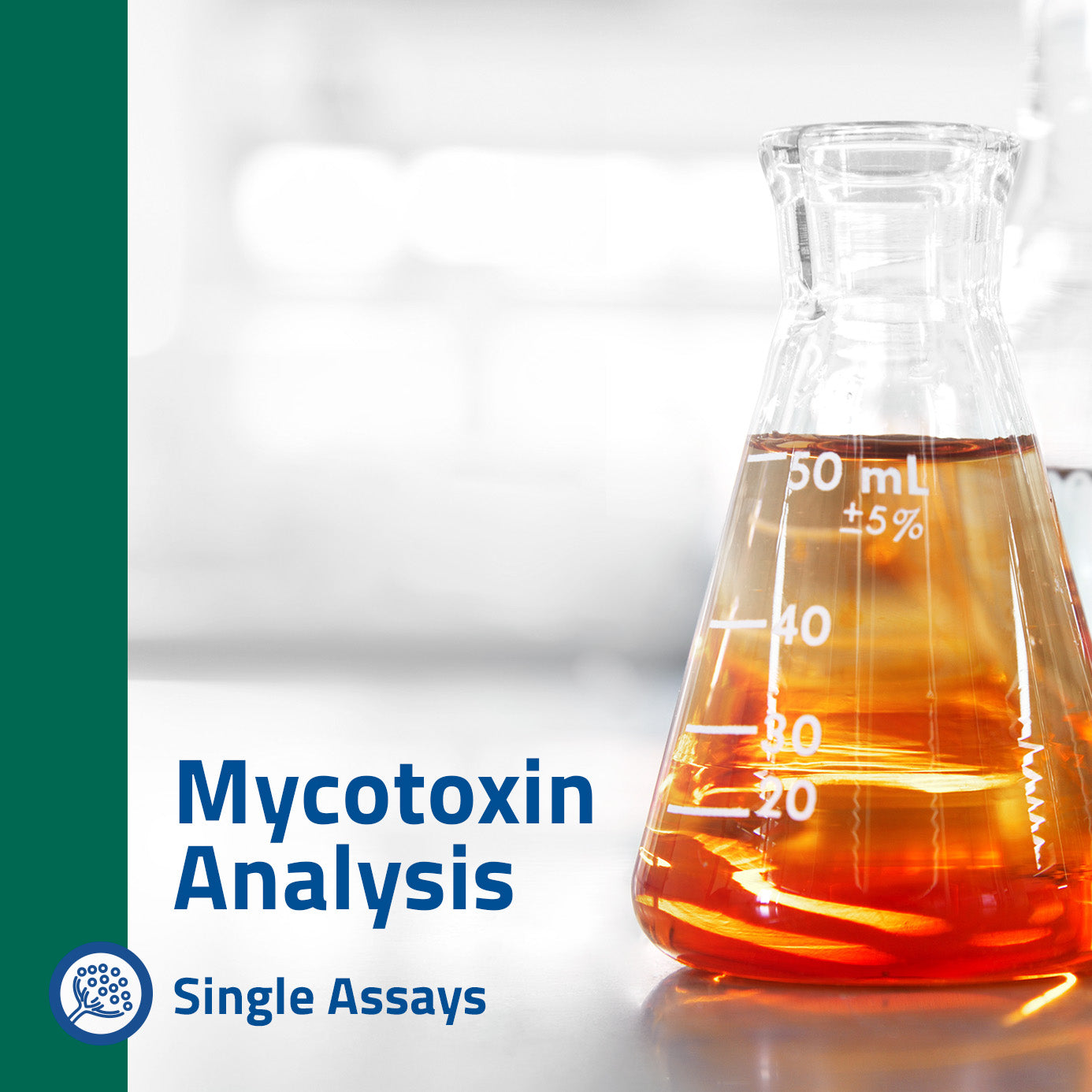Improve Your Safety Protocols with Professional Mycotoxin testing Services
Improve Your Safety Protocols with Professional Mycotoxin testing Services
Blog Article
Just How Mycotoxin Screening Aids Prevent Contamination and Protect Food Materials

Mycotoxin testing is an important technique in the food industry, serving as a frontline protection versus contamination by hazardous toxic substances created by mold and mildews. Through the application of advanced methods like High-Performance Fluid Chromatography (HPLC) and Fluid Chromatography-Mass Spectrometry (LC-MS), food producers can accurately measure and identify mycotoxin levels in agricultural products.
Comprehending Mycotoxins
Recognizing mycotoxins starts with identifying that they are hazardous second metabolites created by specific molds, which can pollute agricultural products. These metabolites are not essential for the development or recreation of the fungis yet can have extreme effects for animal and human health and wellness. Mycotoxins are frequently discovered in staple crops such as corn, wheat, barley, and nuts, where they can proliferate under specific problems of moisture and temperature.
There are several kinds of mycotoxins, each generated by various fungal types. Aflatoxins, produced by Aspergillus types, are among one of the most notorious, recognized for their cancer causing homes. One more significant team includes ochratoxins, produced by Aspergillus and Penicillium varieties, which have nephrotoxic impacts. Fusarium species create fumonisins and trichothecenes, both of which are connected with various intense and chronic wellness problems.

Dangers of Mycotoxin Contamination
The dangers of mycotoxin contamination are multifaceted, posturing considerable threats to both food security and public health. Mycotoxins, hazardous substances created by certain kinds of fungis, can pollute a vast range of farming items including grains, nuts, spices, dried fruits, and coffee.
Financial effects are an additional major worry. Contaminated crops can cause substantial monetary losses for farmers and food manufacturers due to lowered returns and the need for expensive purification measures. Global profession can be significantly hindered as countries impose stringent mycotoxin laws to protect their populations, leading to declined shipments and strained trade connections.
Environmental factors such as environment adjustment worsen the risk of mycotoxin contamination. Variants in temperature level and moisture can create beneficial conditions for fungal development, increasing the possibility of contamination events. Thus, understanding and reducing these risks are important for making sure the safety and security and honesty of international food products.
Approaches of Mycotoxin Examining
Properly recognizing mycotoxin contamination in farming products is vital for protecting public health and maintaining food safety and security criteria. Numerous approaches are utilized to discover and quantify mycotoxins, each offering specific benefits and restrictions.
High-Performance Liquid Chromatography (HPLC) is a widely used approach because of its high sensitivity and precision. It entails dividing mycotoxins from other substances in an example, allowing accurate metrology. Liquid Chromatography-Mass Spectrometry (LC-MS) incorporates liquid chromatography with mass spectrometry to give thorough molecular info, making it specifically useful for determining multiple mycotoxins concurrently.

Gas Chromatography-Mass Spectrometry (GC-MS) and Thin-Layer Chromatography (TLC) are also used, each with one-of-a-kind applications. GC-MS is reliable for unpredictable mycotoxins, while tender loving care uses an easier, affordable alternative for initial testing.
Benefits of Regular Testing
Normal screening for mycotoxins in agricultural products offers countless advantages, considerably contributing to public wellness and food safety and security. By determining contamination early, regular screening aids stop the distribution of toxic foods, therefore minimizing the risk of mycotoxin-related illnesses amongst consumers. This click over here now aggressive technique not only safeguards human wellness however also boosts the general quality of food materials.
Consistent screening likewise sustains regulative compliance. Various countries and areas have developed strict restrictions for mycotoxin levels in food and feed. Sticking to these limitations via routine screening makes sure that producers and vendors satisfy legal requirements, therefore preventing fines and trade obstacles. Maintaining compliance cultivates consumer count on and brand name reputation, which are vital for market success.
Additionally, regular mycotoxin testing can cause substantial financial advantages. Early discovery of contamination permits for timely treatment, lowering possible losses from widespread contamination. Implementing routine testing procedures can likewise reduce recall expenses and related obligations, which can be economically ravaging.
Additionally, routine testing provides valuable data that can educate far better farming techniques and storage problems. By comprehending patterns of contamination, producers can adopt preventive measures, thereby reducing future threats and adding to the sustainability of the food supply chain.
Implementing Examining Methods
Carrying out effective mycotoxin screening procedures is crucial for making certain the safety and security Get More Info and quality of farming items. Each phase must be inspected to pinpoint where mycotoxin contamination is most likely to happen.
Once important control points are determined, selecting proper screening techniques is crucial. Typical strategies include enzyme-linked immunosorbent assay (ELISA), high-performance fluid chromatography (HPLC), and mass spectrometry (MS) Each method has its toughness and weaknesses; thus, selecting the proper one depends on the certain mycotoxin being tested, the needed level of sensitivity, and available resources.

Finally, incorporating the testing procedures right into a comprehensive food safety and security management system is recommended. This improves traceability and allows speedy corrective activities when contamination is spotted, therefore guarding the integrity of the food supply chain.
Conclusion
Mycotoxin testing is vital in avoiding contamination and guarding food products by allowing very early detection of damaging contaminants produced by mold and mildews in farming products. Advanced methods such as HPLC and LC-MS make certain compliance with security laws and protect consumers from wellness threats. Regular testing improves brand name reputation, monetary security, and trust fund in food safety by lessening contamination-related losses and keeping high standards in food production. Executing extensive screening methods is thus crucial for the sector's total health.
Mycotoxin screening is a crucial technique in the food sector, offering as a frontline defense against contamination by hazardous toxins generated by mold and mildews. An incorporated strategy entailing agricultural practices, storage this article management, and normal screening can reduce the risks linked with mycotoxin contamination, ensuring food safety and security and public health and wellness.
The dangers of mycotoxin contamination are multifaceted, presenting considerable threats to both food safety and public health and wellness.Normal screening for mycotoxins in agricultural items uses various benefits, dramatically adding to public health and food safety and security.Mycotoxin testing is essential in preventing contamination and securing food supplies by making it possible for early discovery of dangerous toxins generated by molds in farming products.
Report this page